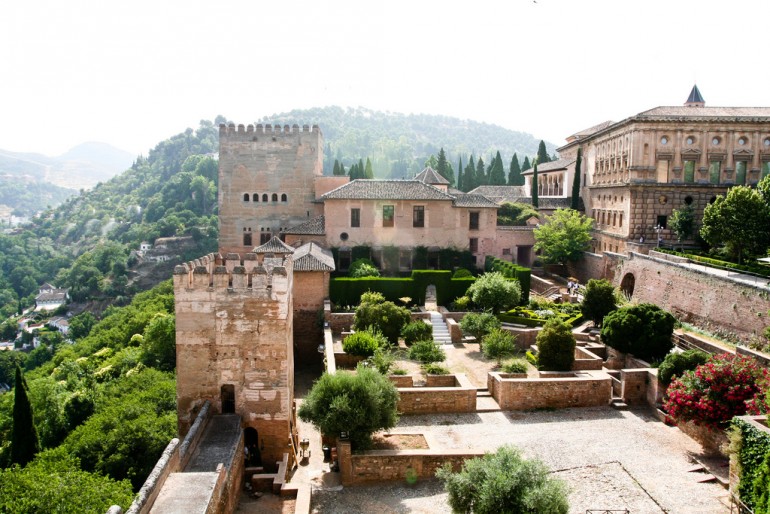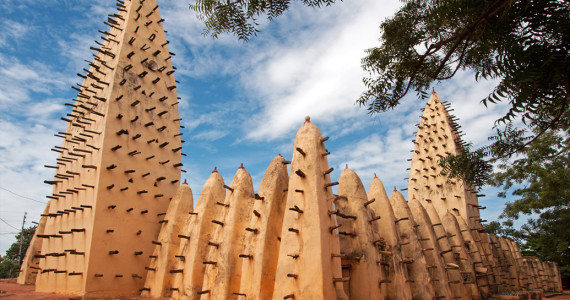Sponsored Listings:
By Becky Mahan, Editor
The Alhambra
Granada, Spain
Built: 1338-1390
This UNESCO World Heritage site lets you experience 16th century Muslim-Spanish palace architecture and marvel at how it blends in with the Andalusian surroundings.
Taj Mahal
Agra, Uttar Padesh, India
Built: 1632-1653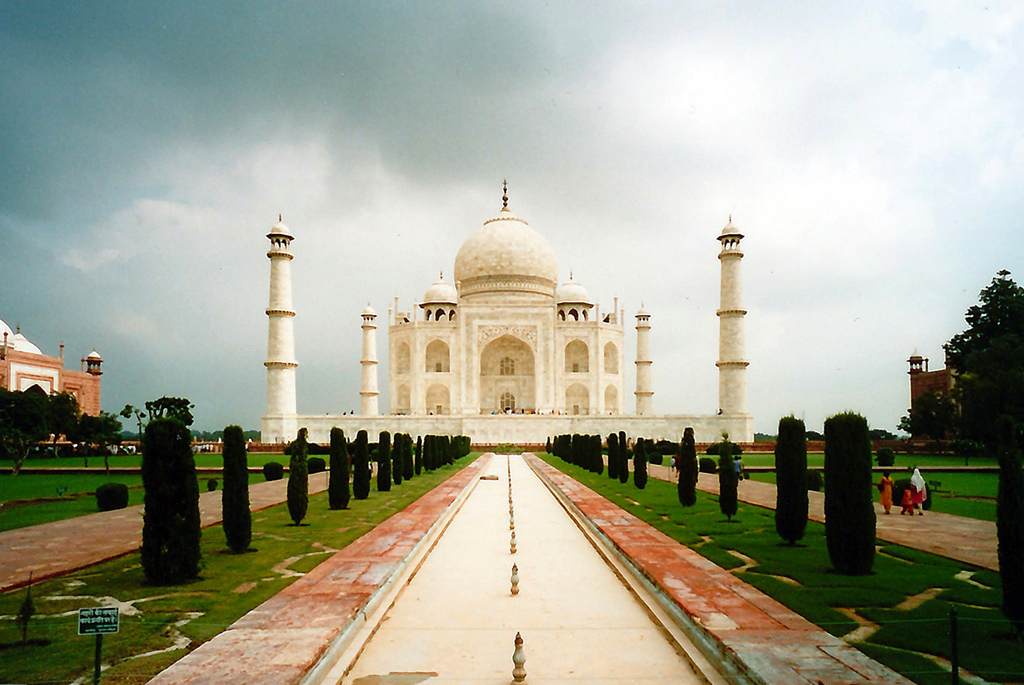
Also a UNESCO World Heritage Site, the world-famous Taj Mahal is actually a mausoleum built in honor of Mughal emperor Shah Jahan’s wife and perhaps the greatest example of Indo-Islamic architecture.
Selimiye Mosque
Edirne, Turkey
Built: 1569-1575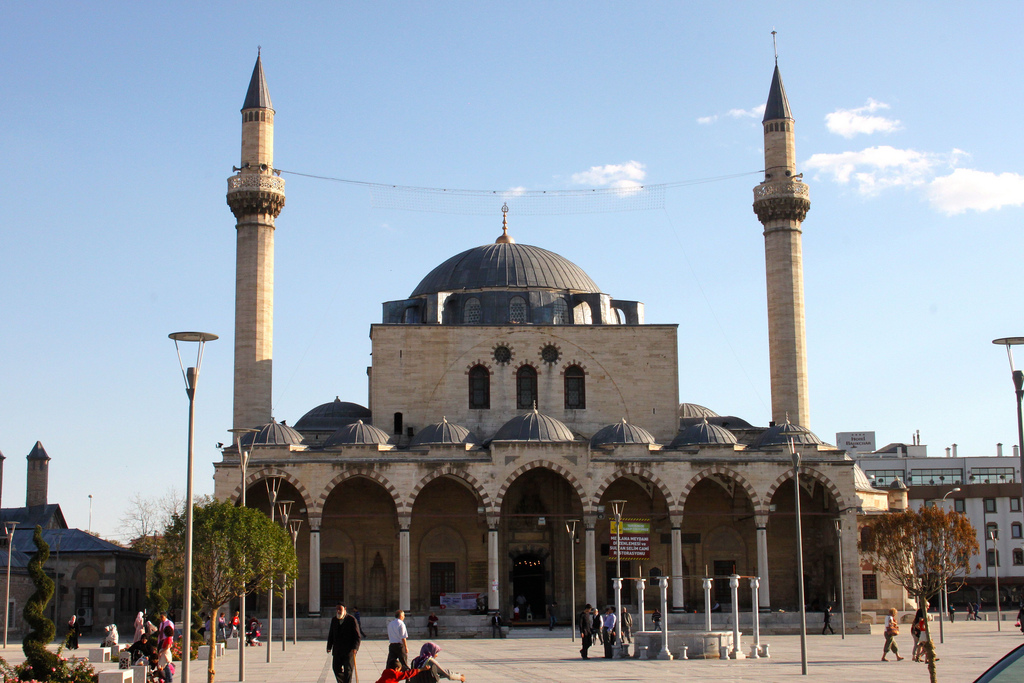
The square Mosque with its single great dome and four slender minarets, dominates the skyline of the former Ottoman capital of Edirne. Sinan, the most famous of Ottoman architects in the 16th century, considered the complex, which includes madrasas (Islamic schools), a covered market, clock house, outer courtyard and library, to be his best work.
Shaṭ Gombuj Mosque
Dhaka City, Bangladesh
Built: 1442-1459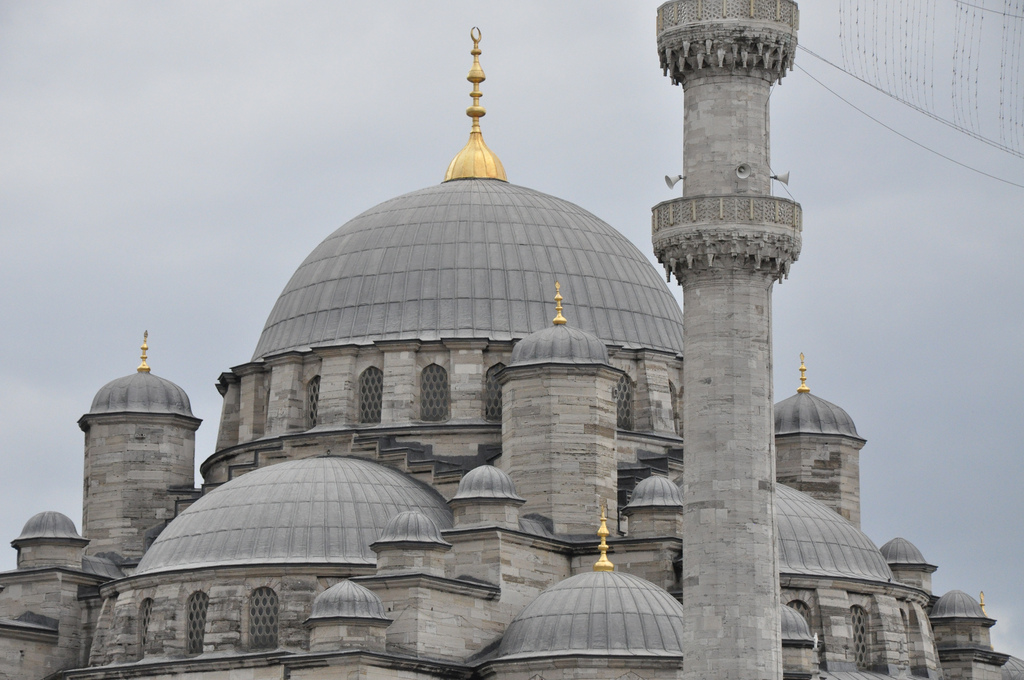
Also known as the Sixty Dome Mosque, this mid-15th century mosque was used as a prayer hall and madrasha (traditional place of education) for the Muslim colony that settled in the Sundarbans mangrove forest.
Dome of the Rock
Jerusalem, Israel
Built: 691 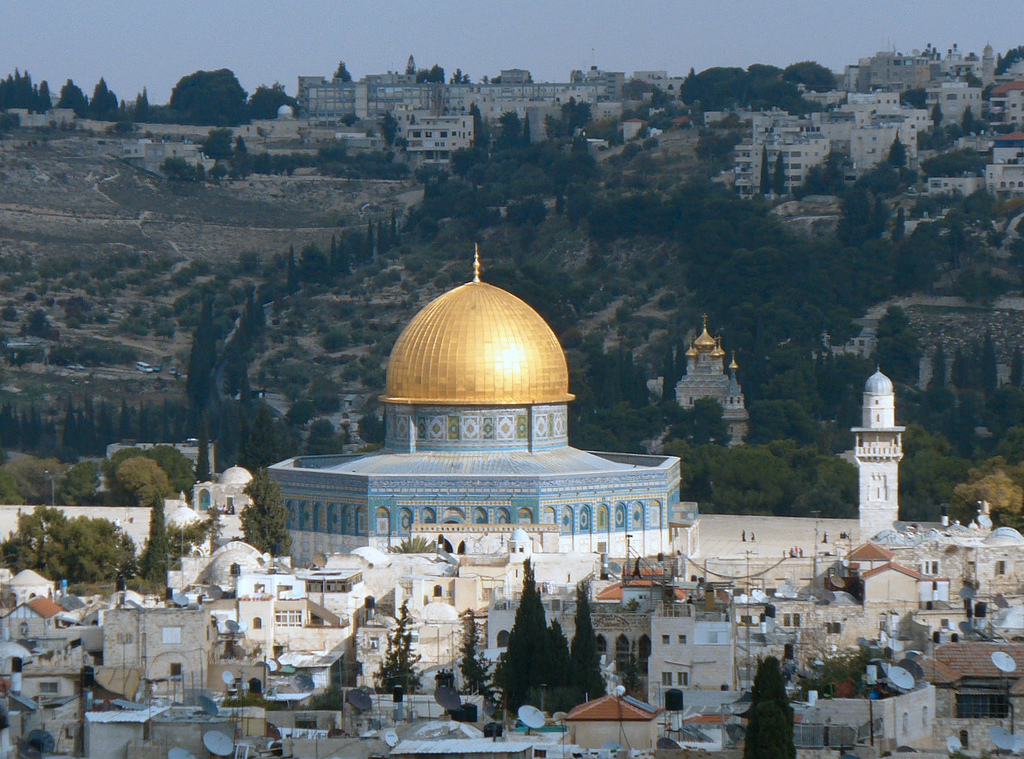
This monument remains the longest standing Islamic monument today, built in the late 7th century A.D.. The Dome sits atop a sacred rock, the foundation stone, marking where the prophet Mohammad began his ascent on his “Night Journey” to heaven.
Great Mosque of Samarra
Samarra, Iraq
Built: 847-861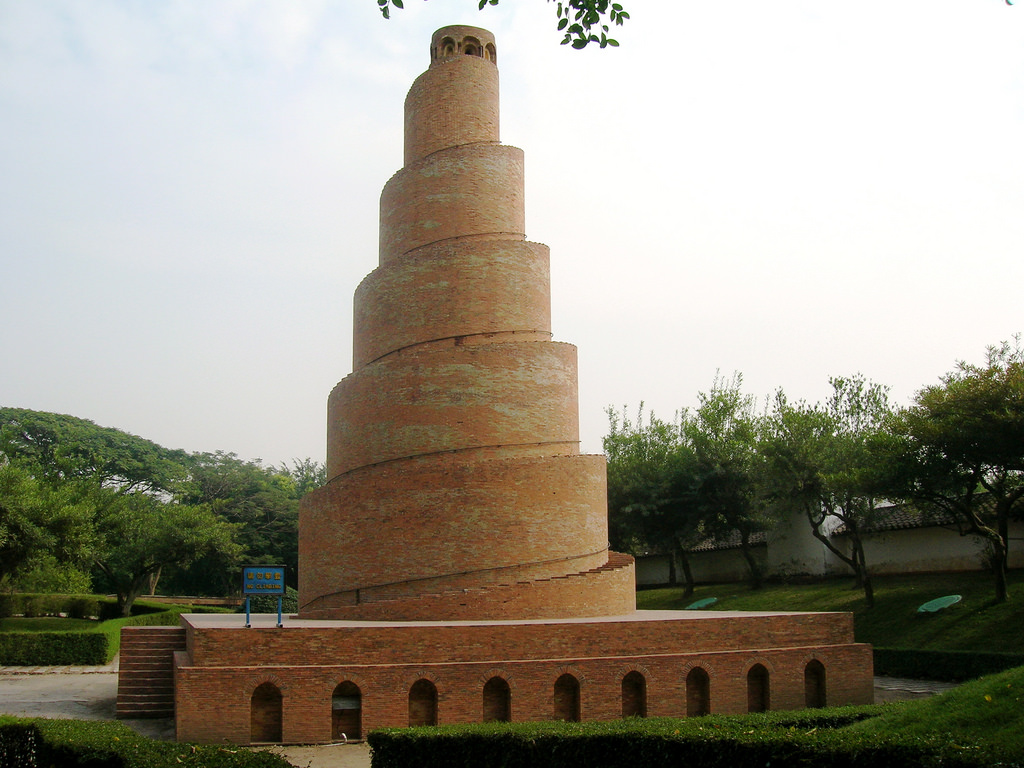
Built in the 9th century on the banks of the Tigris River, this mosque was commissioned by the Abbasid caliph Al-Mutawakkil, who moved to Samarra to escape conflict in Baghdad. He remained there for the next 56 years – a period during which he built many palaces including the largest mosque in all of Islam.
Nur-Astana Mosque
Astana, Kazakhstan
Built: 2008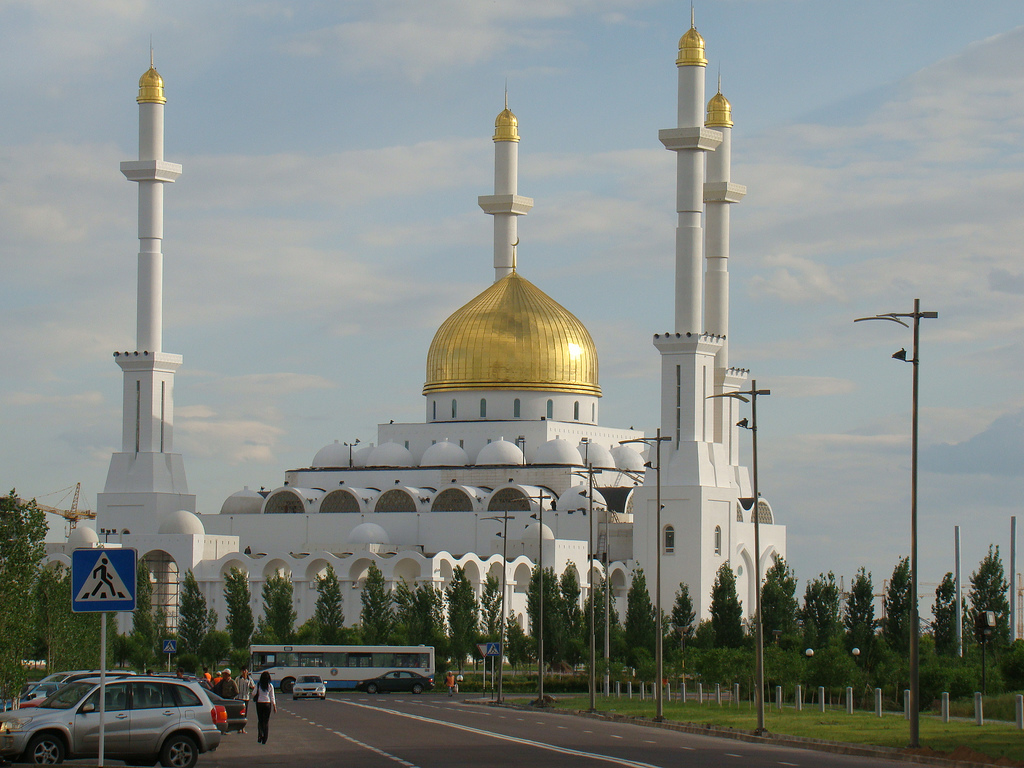
The 40-meter (131 feet) height symbolizes the age of the Prophet Muhammad of when he received the revelations, and the height of the minarets are 63 meters (207 feet), the age Muhammad was when he died.
Süleymaniye Mosque
Istanbul, Turkey
Built: 1550-1558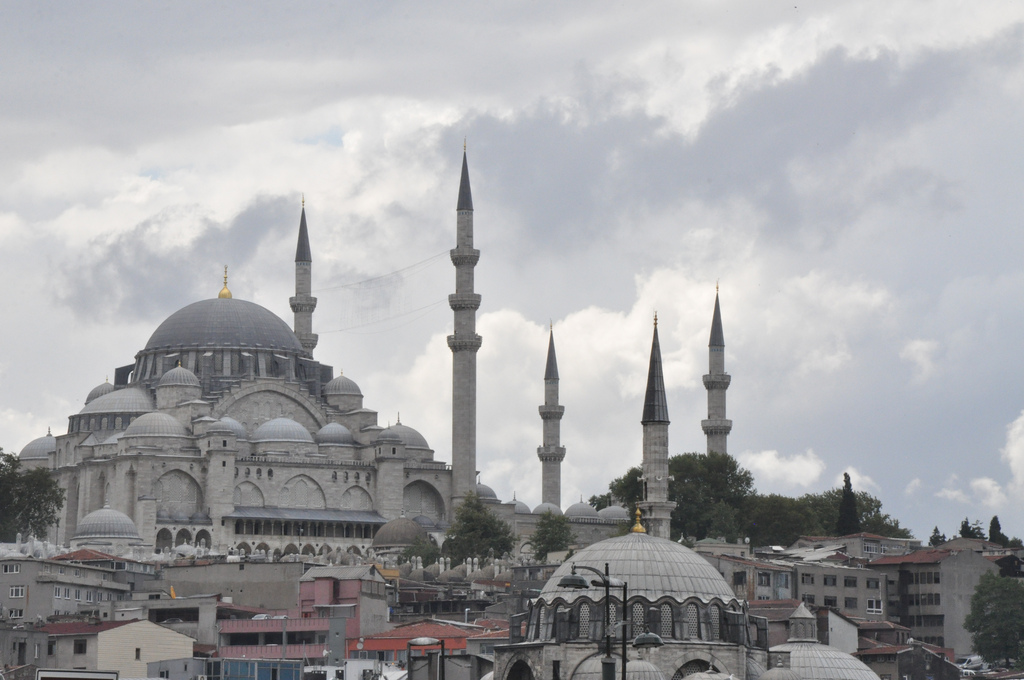
The design of the Ottoman imperial mosque pays homage to Sultan Süleyman’s self-conscious representation of himself as a ‘second Solomon.’ It also references the Dome of the Rock, which was built on the site of the Temple of Solomon, and is one of the best-known sights in all of Istanbul.
Great Mosque of Djenne
Mali Djenne, Mali
Built: 1907 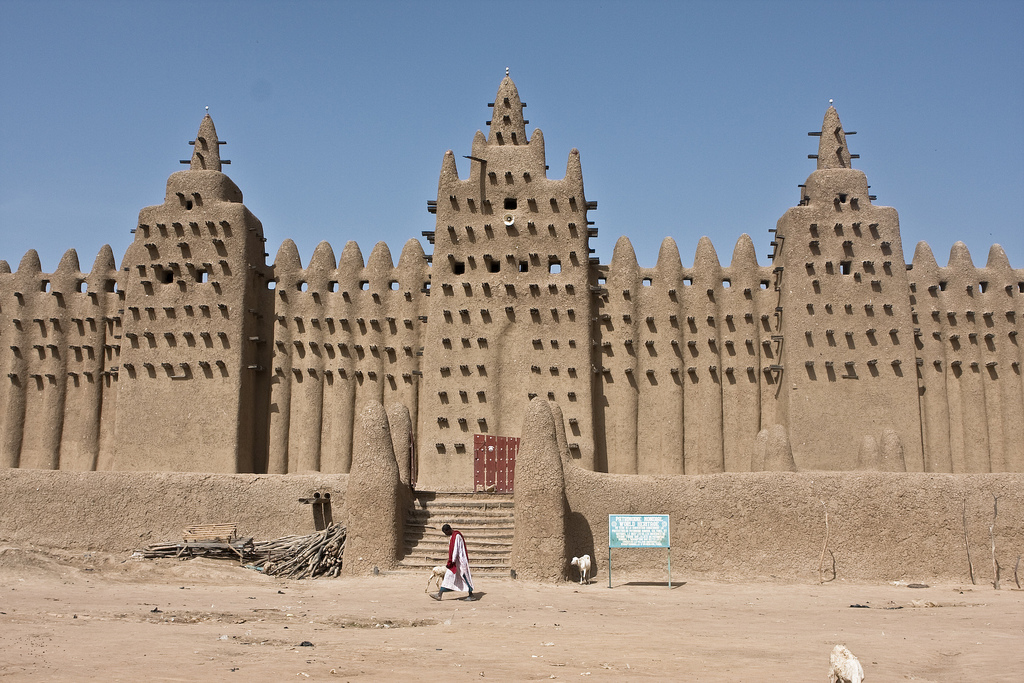
Widely regarded by architects as the greatest achievement of the Sudano-Sahelian architectural era, it’s also the largest mud (adobe) building in the world.
Agra Fort
Agra, Uttar Pradesh, India
Built: 11th century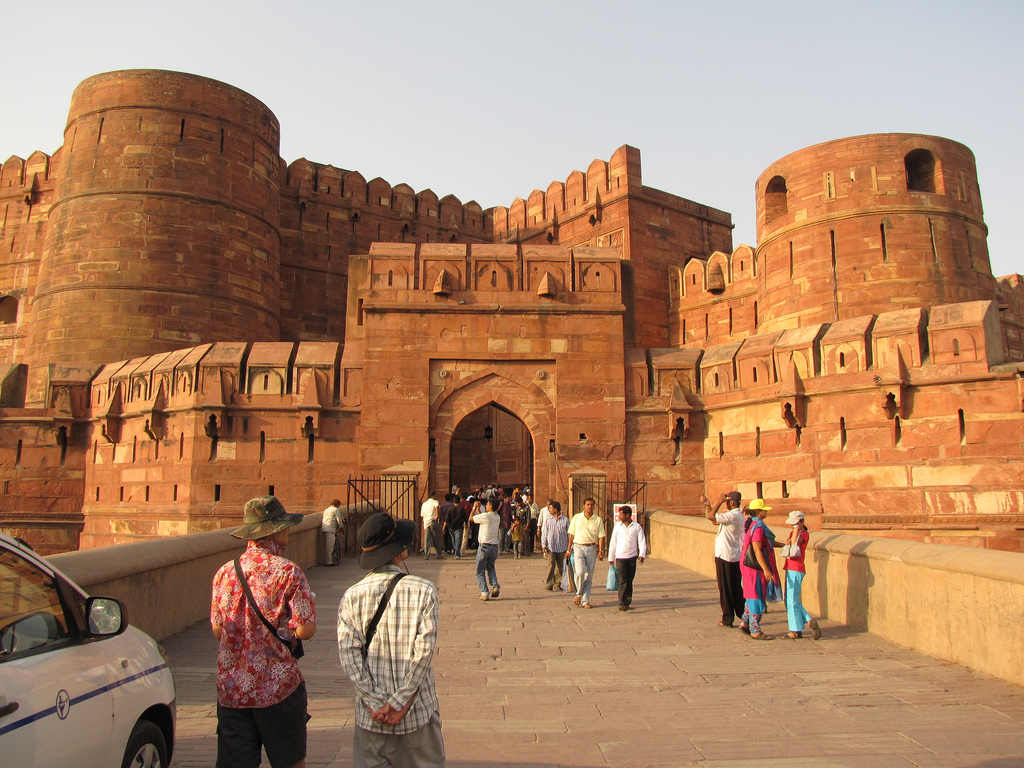
The primary residence for the Mughal Dynasty emprerors until 1638, when the Mughal capital moved from Agra to Red Fort in Delhi.
Shah Mosque
Shiraz, Iran
Built: 1629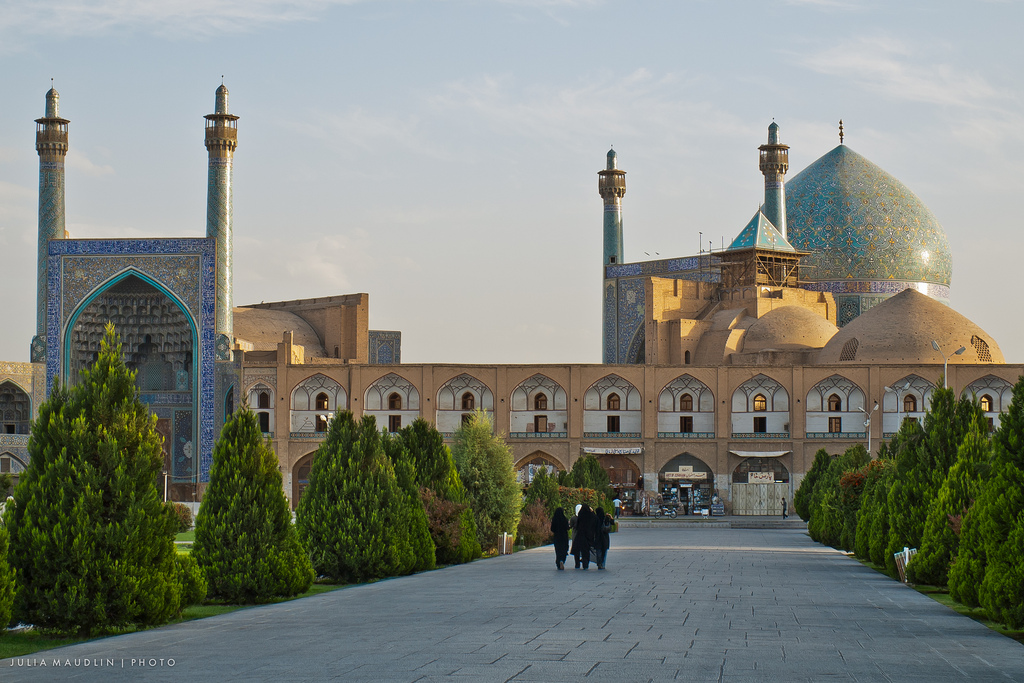
This mausoleum is dedicated to two brothers and means “King of Light.” The interior is laden with millions of pieces of glass and mirrors, which reflect light beams for a heavenly ambience.
Badshahi Mosque
Lahore, Pakistan
Built: 1671-167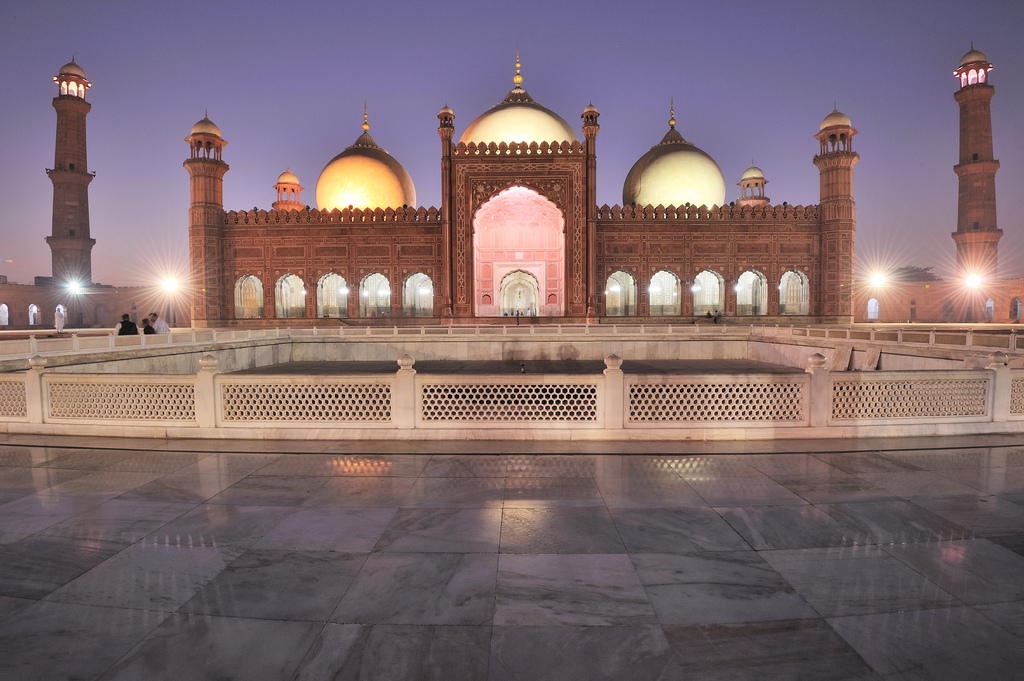
Also known as the Kings’ Mosque, the structure is mostly red sandstone with marble inlay. After the fall of the Mughal Empire, the mosque was used as a garrison by the Sikh Empire and the British Empire, and today remains the largest and most recent of the grand imperial mosques of the Mughal-era.
Source: gogobot.com

